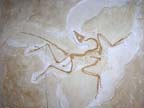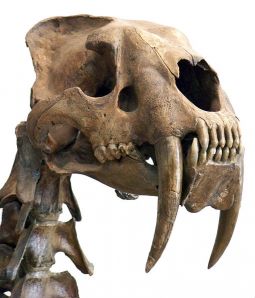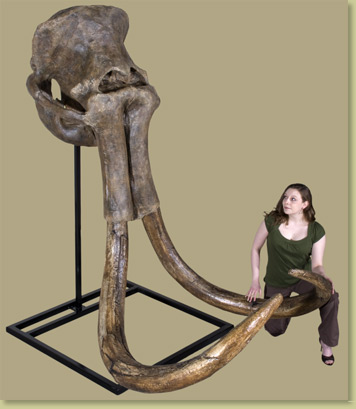 |
 |
 |
 |
 |
Produced
by the Population Genetics and Evolution class, Furman University |
||||
 |
 |
 |
 |
 |
Produced
by the Population Genetics and Evolution class, Furman University |
||||
 |
The
Neogene |
 |
||
 |
Divisions of periods and epochs within the Cenozoic are currently debated and under revision. We will include the Miocene Epoch, Pliocene Epoch, and Quaternary Period into the "Neogene Period". During the Miocene, climate change extended grasslands and brought about an extensive radiation in ungulates, including horses like Miohippus, rhinos like Teleoceras, and the giant, pig-like Entelodonts. As one might suspect, this was followed by radiations of predators that preyed on these herbivores; predators like the saber-toothed cats in the genus Smilodon, the false saber-toothed cats in the Nimravidae family, and the early canid predators like Borophagus. In South America, the unusual xenarthans were radiating, represented by giant ground sloths and the huge, armadillo-like Glyptodon. Several elephant relatives evolved in the late Neogene, as well; including Gomphotheres, Mammoths, and Mastodons. And of course, the evolution of apes began in the Neogene, as well; with species of Proconsul representing the extensive radiation of apes during this period. Sahelanthropus is a much more recent ape, dating to 7my. This is a particularly interesting period in ape evolution, as the gorilla, chimp, and human lineages were diverging at this time. Debate centers on which lineage to assign this fossil, but it may be ancestral to both the human and chimp lineages. |
 |
||
| Above: Smilodon; Photo From: Kansas Academy of Mathematics and Science Below, Pleistocene scene, from: Daily Galaxy | Above: Mammoth skull from: Black Hills Institute Below, Miocene scene, from: Futurism Now |
|||
 |
 |
|||